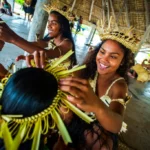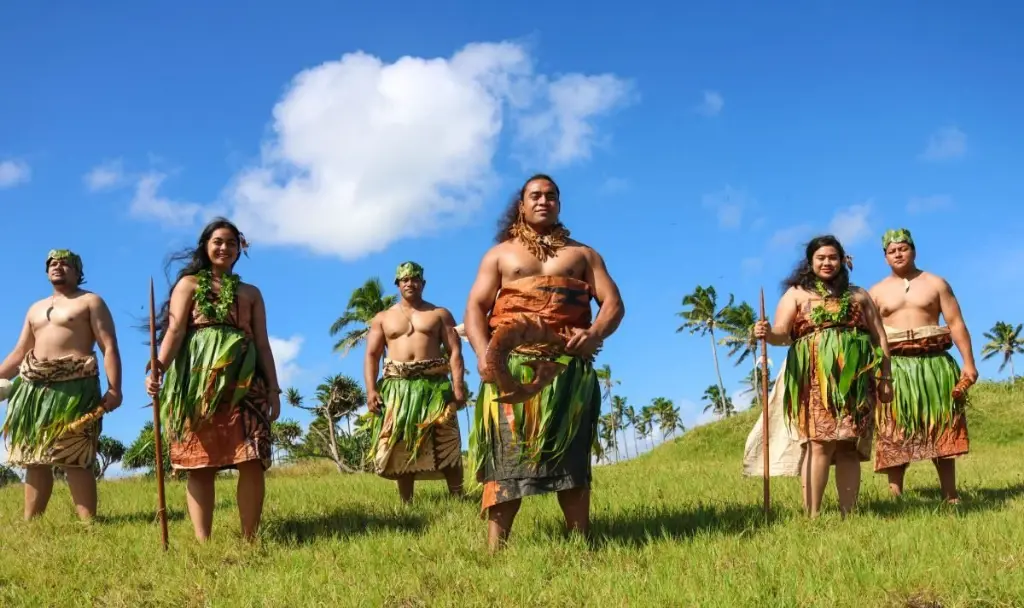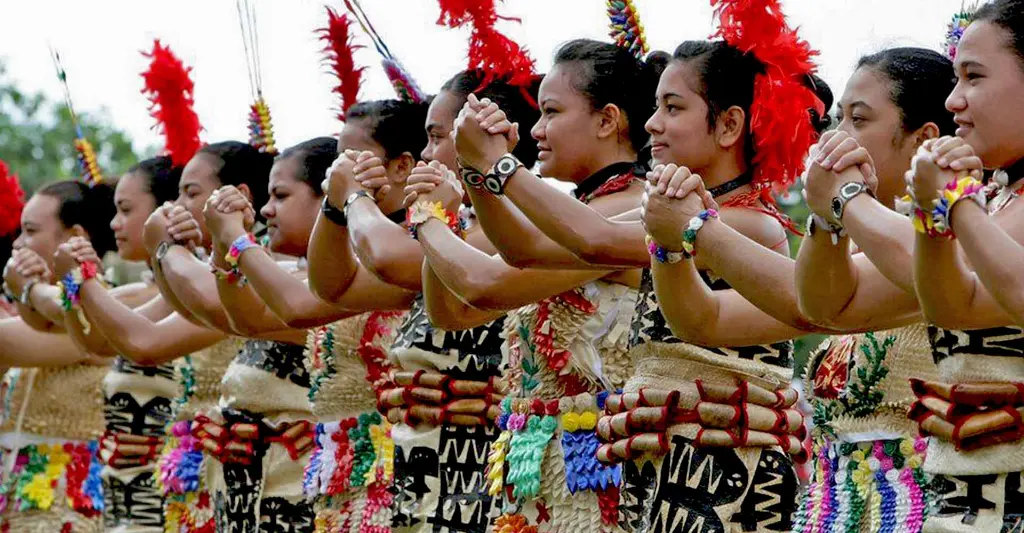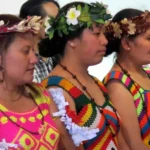Traditional Dress in Tonga: A Rich Tapestry of Heritage and Identity
Tonga, a Polynesian kingdom in the South Pacific, boasts a vibrant cultural heritage that is intricately reflected in its traditional clothing.
Clothing in Tonga is deeply tied to its history, environment, and social hierarchy, with many garments serving as symbols of familial ties, respect, and communal pride. This article explores the history, elements, regional variations, and ceremonial significance of traditional Tongan attire.
Historical Overview of Tongan Traditional Attire
Tongan clothing has its roots in the natural environment, with materials sourced from plants and the sea. The use of pandanus leaves, hibiscus bark, and coconut fibers forms the foundation of traditional garments, which were crafted with precision and care.
Historically, traditional clothing also functioned as a marker of status and occasion. The nobility wore more elaborate garments adorned with decorative elements, while the commoners donned simpler attire suited to their daily lives. Over the centuries, these clothing traditions have adapted to external influences while retaining their unique cultural essence.
See also Traditional clothing in Kiribati
Traditional clothing in KiribatiWhat is the Traditional Clothing in Tonga?
Tongan traditional clothing is renowned for its tapa cloth, known locally as “ngatu”, and the taʻovala, a woven mat often tied around the waist. These garments, steeped in cultural significance, are used in various ceremonies and everyday life.

👔 Men’s Traditional Attire
- Taʻovala: This woven mat, made from pandanus leaves, is tied around the waist. It is often paired with a shirt and tupenu (a Tongan wrap skirt). The taʻovala symbolizes respect and is mandatory for formal occasions.
- Kafa: A decorative waistband, usually made from coconut fibers, secures the taʻovala. It often features intricate braiding, adding a touch of elegance.
👗 Women’s Traditional Attire
- Tupenu: Similar to men’s attire, women wear a tupenu, which is a skirt-like wrap made from colorful fabrics or tapa cloth for ceremonial occasions.
- Kiekie: A decorative overskirt made from woven pandanus leaves or natural fibers, the kiekie adds an artistic element to women’s attire, often adorned with shells or beads.
- Pule Taha: This is a traditional blouse that complements the tupenu, often featuring embroidery or lacework.
🌺 Shared Adornments
Both men and women enhance their outfits with flower garlands, headpieces, and jewelry made from shells and wood. These accessories reflect Tonga’s connection to nature and its Polynesian aesthetic.
Regional Variations in Traditional Clothing
Northern Tonga
- Ngatu Designs: In the northern islands, the tapa cloth is often decorated with bold geometric patterns.
- Floral Adornments: Brightly colored floral headpieces and leis are more prominent, reflecting the region’s vibrant landscapes.
Southern Tonga
- Subdued Styles: The southern islands favor simpler, natural-colored tapa cloth and plain kiekie.
- Functional Taʻovala: Mats tend to be thicker and more durable, emphasizing utility over decoration.
Cultural and Ceremonial Significance
Traditional clothing plays a central role in Tongan cultural events and rituals, symbolizing unity, respect, and identity.

Weddings and Celebrations
During weddings, couples and their families wear intricately designed ngatu and taʻovala, signifying their respect for tradition and the sacredness of the occasion. Women often incorporate heirloom pieces, passing cultural heritage down generations.
See also Traditional clothing in TuvaluA Fusion of Culture and Environment
Traditional clothing in TuvaluA Fusion of Culture and EnvironmentFunerals
At funerals, the taʻovala is worn as a sign of mourning. The mats used in this context are often rougher and less ornate, reflecting humility and grief.
Kava Ceremonies
The kava ceremony, a central part of Tongan culture, showcases the elegance of traditional clothing. Participants wear their finest attire, including ngatu and floral adornments, to honor their roles in the ritual.
Modern Adaptations and Preservation Efforts
Despite Western influences, Tonga has retained much of its traditional clothing through dedicated preservation efforts:
- Craft Workshops: Local artisans continue to teach tapa-making and weaving techniques to younger generations.
- Cultural Festivals: Events such as the Heilala Festival feature traditional attire prominently, encouraging pride in Tongan heritage.
- Tourism and Global Awareness: Traditional clothing is highlighted in exhibitions and performances, promoting Tonga’s culture on an international stage.
The Enduring Legacy of Tongan Traditional Clothing
Tongan traditional clothing remains a powerful symbol of the kingdom’s identity and values. Whether through the intricate patterns of the ngatu, the craftsmanship of the taʻovala, or the artistry of the kiekie, these garments tell the story of a culture deeply connected to its people and environment.
By preserving and celebrating these traditions, Tonga ensures that its cultural heritage continues to thrive, weaving its vibrant history into the fabric of modern life.
